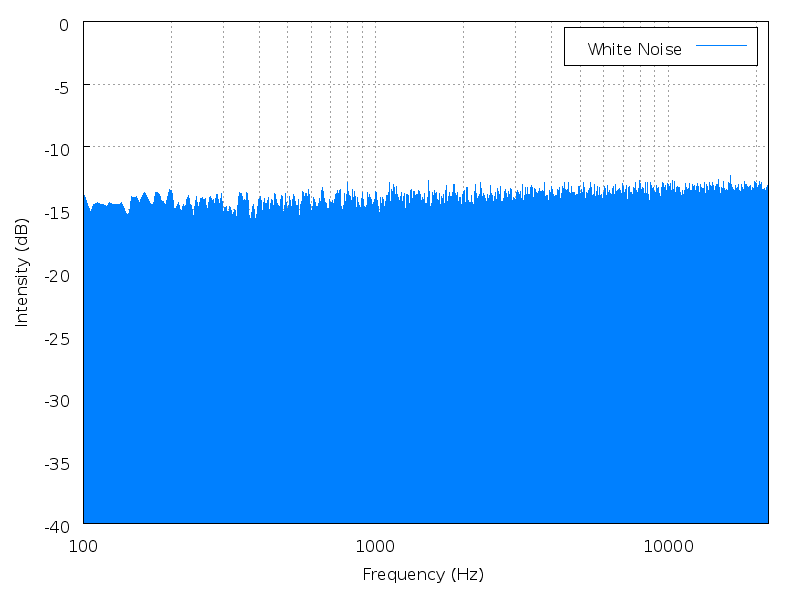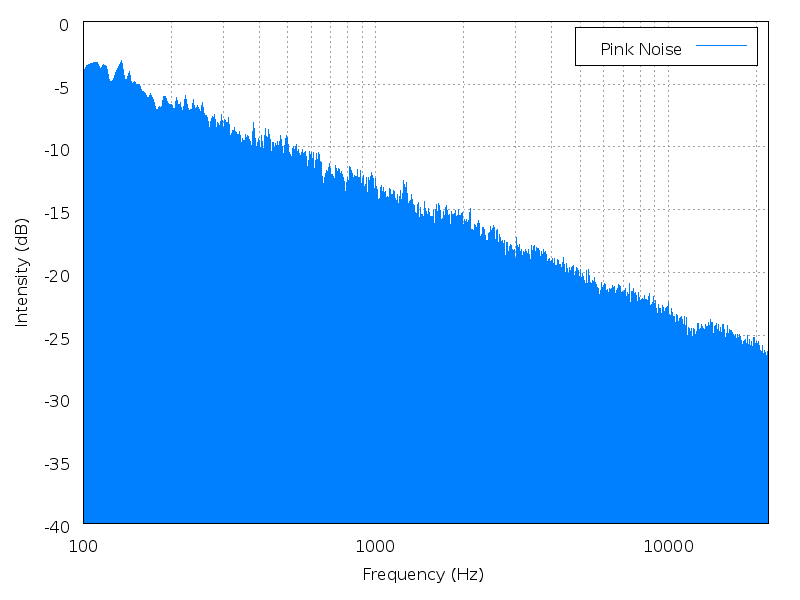Abstract
Содержание
- Introduction
- 1. Theme urgency
- 2. Goal and tasks of the research
- 3. Dictaphone suppression with acoustic method
- Conclusion
- References
Introduction
Dictaphone is device designed to record audio information. Often it is used for unauthorized retrieval of information (for example on parley and other closed events), which is contrary to the law. The leakage of voice information from an acoustic communication channel leads to serious damage.
Active and passive methods can be used to protect information from recording. The first method means the detection and prevention of breakthrough sound recording devices in the controlled area. It is achieved by using nonlinear locators, metal detectors and X-ray devices. However, many such measures not only inconvenience to partners, but also a clear expression of distrust towards them, therefore they are used infrequently.
Active methods of protection from recording audio information involve using of devices that prevent recording by exposing noise signals to the microphone or the electric circuits of the recorder. This devices include the suppressors considered in the work. Suppression can be considered successful if it is impossible to extract an information signal (when intelligibility of speech is below 40%) while listening and processing recorded audio information on the recorder.
1. Theme urgency
Today, task of the protection audio information with limited access become more and more important. Modern technologies allow to carry dictaphone and microphones into the premises for negotiations in manner that it is not possible to detect them. It is connect with the miniaturization of devices, their integration into mobile communications. Digital voice recorders most often become a leakage channel of voice information, so an important task is to prevent their work during important events [1].
2. Goal and tasks of the research
The aim of the master's work is to study the method of acoustic suppression of sound recording devices.
Main tasks of the research:
- Analysis of existing methods for suppressing recording devices.
- To proof the maximum efficiency of the acoustic method of suppressing the operation of dictaphones.
- Studying ways of realization of devices using acoustic method, compilation of quasioptimal composition and principle of operation of the suppressor.
- Construction the suppressor model using the chosen technique.
Research object: digital recording devices.
Research subject: acoustic method of dictaphone suppression.
In the course of the master's work, it is planned to obtain topical scientific results in the following areas:
- Determination of the optimal method for constructing an acoustic suppressor of dictophones.
- Development of an electrical circuit for a device for suppressing sound recording devices.
- Simulation of the developed scheme in the Lab View environment.
3. Dictaphone suppression with acoustic method
Devices for suppressing digital audio devices are divided into 3 groups, depending on the nature of the effect on recorders:
- Electromagnetic. Radiated by directional antennas, interfering with the elements of the electronic circuit of the recorder, cause noise-like interference in them. As a result, voice and noise are recorded simultaneously with the speech, which leads to a significant distortion of the recorded information or, in general, to its complete suppression. A disadvantage of such systems is the high radiation power to achieve effective suppression. Such a signal is harmful to human health [2,7].
- Ultrasound. Ultrasonic suppression systems emit powerful ultrasonic vibrations that are inaudible to the human ear (usually the frequency of radiation is about 20 kHz), which directly affect the microphones of dictophones, and acoustic tabs, which is their undoubted merit. This ultrasonic action leads to an overload of the low-frequency amplifier, which stands immediately after the acoustic receiver. Overloading the amplifier results in significant distortions of the recorded (transmitted) signals, often to an extent that can not be deciphered. However, ultrasonic suppression systems have an important drawback: their efficiency is sharply reduced if the microphone of the recorder is equipped with a filter from a special material or in a low-frequency amplifier a low-pass filter with a cutoff frequency of 3.4-4 kHz [ 3 ].
- Acoustic. The generator, which is part of the suppressor, generates noise, the spectrum of which covers the range of the speech signal without the possibility to further isolate the information component. With high efficiency, the method has a significant drawback - the level of generated noise (70-80 dB) not only does not make it possible to use the device secretly, but also creates uncomfortable conditions for interlocutors.
Each group of oppressors has significant deficiencies. Electromagnetic devices are harmful to health, and interference with high-frequency suppressors is easily circumvented by screens. The remaining acoustic method of suppression makes it possible to achieve complete suppression of the useful signal, without prejudice to health, but only by inconveniencing the noise in the audible range. Therefore, if the goal is to completely suppress any type of recorder, you should stop on the device that emits acoustic noise.
Obstacle is external acoustic or electromagnetic oscillations of various origin, interfering with the reception of a useful (informative) signal and accurate reproduction of messages. By acting on the input circuit of the recorder, a obstacle distorts the quality of the signal recording, hinders or distorts the allocation of useful information, reduces the range of such devices.
Classification of obstacles is shown in Figure 1:

Figure 1 – Types of obstacles
(анимация: 9 кадров, 115 кб)
Today acoustic noise masking systems use noise, speech and combined noise. The most widely used are:
-
White
noise with a constant spectral density in the speech frequency range (Figure 2). -
Pink
noise with a spectral density drop of 3 dB per octave towards high frequencies (Figure 3). - Noise speech-like interference is a noise with an envelope of the amplitude spectrum, similar to a speech signal.

Figure 2 – White noise spectrum

Figure 3 – Pink noise spectrum
The device proposed as a result of the study will generate a combined noise in the acoustic frequency range.
The signal will base in pink
noise, which will be impose on speech-like interference. This combination will effectively protect the audio information, when the noise level will exceed the information signal level minimally, which will ensure comfortable conversation conditions.
Thus, the inconvenience of negotiating in the conditions of powerful noise, due to which the use of acoustic suppressors are refused in the design of security systems, will be neutralized.
Conclusion
The master's work is devoted to the protection of speech information from recording. This issue is an urgent task of ensuring data security in the enterprise.
The suppressor of dictophones using the acoustic method of suppression is a quasioptimal method of protecting audio information from recording. Combining speech-like obstacle and pink
noise, can reduce the volume level without losing the quality of suppression.
References
- Франц М.В. Методы подавления цифровых диктофонов / М.В. Франц, М.Н. Букало, В.В. Паслен // Материалы муждународной конференции Инновационные перспективы Донбасса. – Донецк, 2017.
- Подавление диктофонов – возможности и практическое применение // [Электронный ресурс] – код доступа: http://www.bnti.ru/showart.asp?aid=517&lvl=04.03.06.02.
- Акустическая система адаптивного подавления информационного сигнала // [Электронный ресурс] – код доступа: http://www.ela.kpi.ua/bitstream/123456789/9068/1/22_p96.pdf
- Защита речевой информации руководителя организации от скрытой записи поситителем // [Электронный ресурс] – код доступа: http://www.bre.ru/security/18619.html
- Торокин А.А. Инженерно-техническая защита информации/ А.А.Торокин. – М.: МО РФ, 2004. – 962 с.
- Каторин Ю.Ф. Защита информации техническими средствами / Ю.Ф. Каторин, А.В.Разумовский, А.И.Спивак. – СПб.: НИУ ИТМО, 2012. – 416 с.
- Халяпин Д.Б. Защита информации. Вас подслушивают? Защищайтесь! / Д.Б. Халяпин – М.:Баярд, 2004.– 432 с.
- Защита речевой информации // [Электронный ресурс] – код доступа: http://confident.org.ua/index.php/stati-po-teme/198-zashchita-rechevoj-informatsii.html
- Способ и устройство формирования "речеподобных" шумовых помех // [Электронный ресурс] – код доступа: http://www.analitika.info/info1.php?page=2&full=block_article58
- Подавители диктофонов – плюсы и минусы использования // [Электронный ресурс] – код доступа: http://box56.ru/clauses/podaviteli-diktofonov--plyusy-i-minusy-ispolzovani
